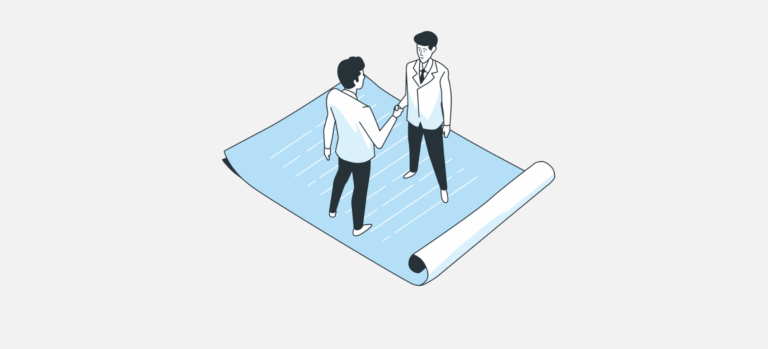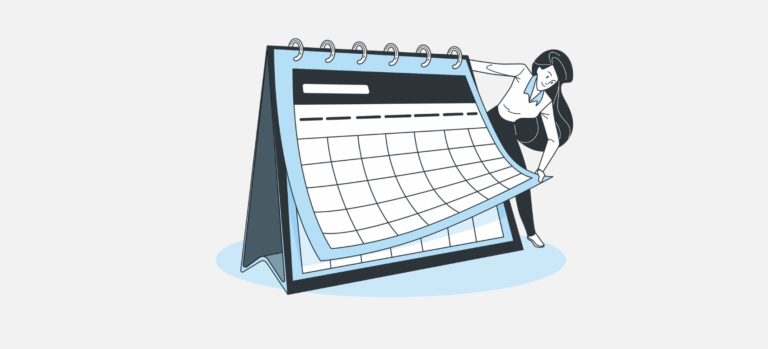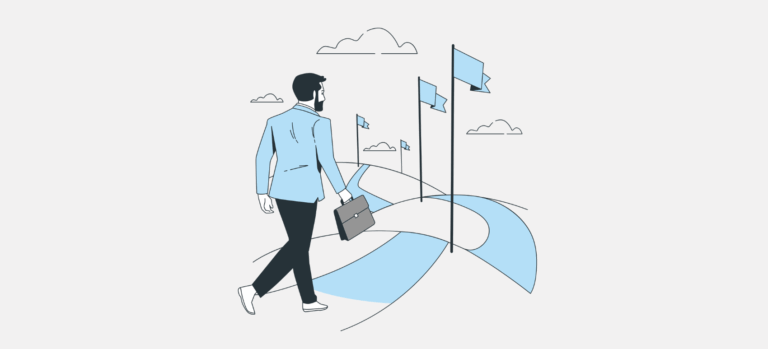What is loss of earnings insurance?
Loss of earnings insurance (or daily allowance insurance in case of illness) is a private contract, taken out by employers or self-employed individuals, which ensures income continuity when a person is temporarily unable to work due to illness or accident. Unlike the loss of earnings allowances (APG) linked to the AVS and paid in cases of military service, maternity or adoption, this refers strictly to voluntary insurance covering income loss due to medical incapacity for work.
It is used to compensate for loss of income beyond the legal period during which an employer must continue to pay wages (as per art. 324a CO). Otherwise, a sick person could find himself with no income at all, even before he has access to a possible disability pension. This insurance therefore fills a gap between the statutory salary entitlement and disability benefits.
Who can benefit from loss-of-earnings insurance?
Loss of earnings insurance is primarily intended for employers and self-employed individuals (although it can also be taken out individually with certain insurers).
For employers, it helps reduce the financial burden of maintaining the salary of a sick employee. By taking out this insurance, the company transfers that risk to the insurer while providing financial protection to its employees.
For self-employed individuals, since they are not legally entitled to any salary continuation in the event of illness, they are the most exposed. This insurance then becomes an essential tool to ensure income continuity and avoid financial disruption.
Illness or accident: which insurance is right for you?
In the event of illness, it is the private loss of earnings insurance that covers your income, provided it has been taken out. For employees, the employer is legally required to maintain salary for a limited period (3 weeks in the first year, according to the Bernese scale). After this period, the loss of earnings insurance takes over, paying a benefit that generally covers up to 80% of the salary, depending on the contract. Benefits begin after a waiting period defined in the policy, usually between 30 and 90 days, and can be paid for up to 730 days, depending on the coverage.
In the event of an accident, the situation is different. Employees working at least 8 hours per week for the same employer are covered by the mandatory accident insurance (LAA), which pays a daily allowance equivalent to 80% of the salary from the 3rd day after the accident. This compensation can be adjusted depending on the degree of partial incapacity. Self-employed individuals, on the other hand, are not automatically covered by the LAA and must take out private accident insurance if they wish to benefit from such protection.
How does loss of earnings insurance work?
Compensation rates
Loss of earnings insurance generally pays a benefit equivalent to 80% of the insured salary, thus ensuring sufficient income to cover essential needs during the period of incapacity for work. Depending on the contract, this rate can vary between 70% and 100%, but 80% remains the standard to balance protection and cost.
Waiting period
The waiting period is the contractual timeframe between the first day of work incapacity and the start of daily benefit payments. It can range from a few days (7 or 14 days) to several months (90, 120, or even 180 days). The shorter the waiting period, the higher the insurance premium. Therefore, the choice of waiting period should align with your financial ability to temporarily absorb income loss.
Coverage period
Loss of earnings insurance pays benefits for up to 720 or 730 days, depending on the contract terms. This covers approximately two years of work incapacity. After this period, if the person is still unable to resume their activity, the insurance stops its payments. Other mechanisms may then potentially take over (disability pension AI, occupational pension LPP).
How much does loss of earnings insurance cost?
The cost of loss-of-earnings insurance varies widely, depending on a number of factors linked to the insured's profile and choice of coverage. There is no universal rate, because every contract is different.
The main criteria influencing the amount of the premium are as follows:
- The amount of insured salary: The more income you want to cover, the higher the premium.
- The length of the waiting period: A longer waiting period (e.g. 90 days instead of 30) reduces the premium, as the insurance starts paying later.
- The percentage of insured income: Coverage at 100 % of salary will cost more than coverage at 80 %, which is the norm.
- Professional status: The self-employed generally pay more than employees, as the risk for the insurer is higher.
- Business sector: Certain industries are considered high-risk (e.g. construction, catering), which increases the rate.
- The insured's age: As age increases, so does the premium, as the risk of prolonged illness is higher.
Employers who take out a group insurance policy may sometimes benefit from preferential rates or profit-sharing (surpluses generated by the insurer if few claims have been paid). Additionally, some contracts include a participation in surpluses (the difference between premiums collected and benefits paid), allowing these amounts to be refunded to the policyholder.
Frequently asked questions
Loss of earnings insurance is designed to compensate for loss of income when you are temporarily unable to work due to illness. It guarantees a regular payment (generally 80 % of salary) for a defined period, to prevent the insured from becoming destitute while he or she is off work.
The coverage duration varies depending on the contract but can extend up to 720 or 730 days. Typically, benefits are paid after a waiting period (30, 60, 90 days, or more), and only as long as the person remains unable to work and is not yet entitled to an AI pension or another long-term coverage.
If your insurance refuses a benefit or interrupts payments, you should first demand a written and reasoned decision. Then, you can:
contest the decision in writing within the time limits specified in the contract or general terms and conditions,
provide additional medical certificates or request an independent expert opinion,
call on an insurance mediator or take legal action if necessary.
Some companies can be rigid, so it's crucial to keep all written exchanges and medical documents, and not wait to react.
Loss of earnings insurance in Switzerland is a private contract, usually taken out by the employer for their employees or by a self-employed person for themselves. In case of work incapacity due to illness, it pays a daily allowance after a waiting period. This allowance is calculated as a percentage of the insured salary, often 80%, and paid for a maximum period defined in the contract.
It is separate from state benefits (IV, APG, LAA) and supplements or extends the minimum coverage provided by employment law.
In Switzerland, loss-of-earnings insurance is not legally compulsory for all employers. However, it is becoming compulsory in certain sectors through the collective labor agreements (CLA). For example, in the hotel and catering or construction industries, CLAs require employers to take out insurance covering at least 80 % of wages for 720 days, after a waiting period of 60 days.
Outside these cases, the employer is still obliged to pay the salary for a limited period (art. 324a CO), but can opt to take out group insurance (which is highly recommended to avoid bearing the cost of prolonged absences alone).






